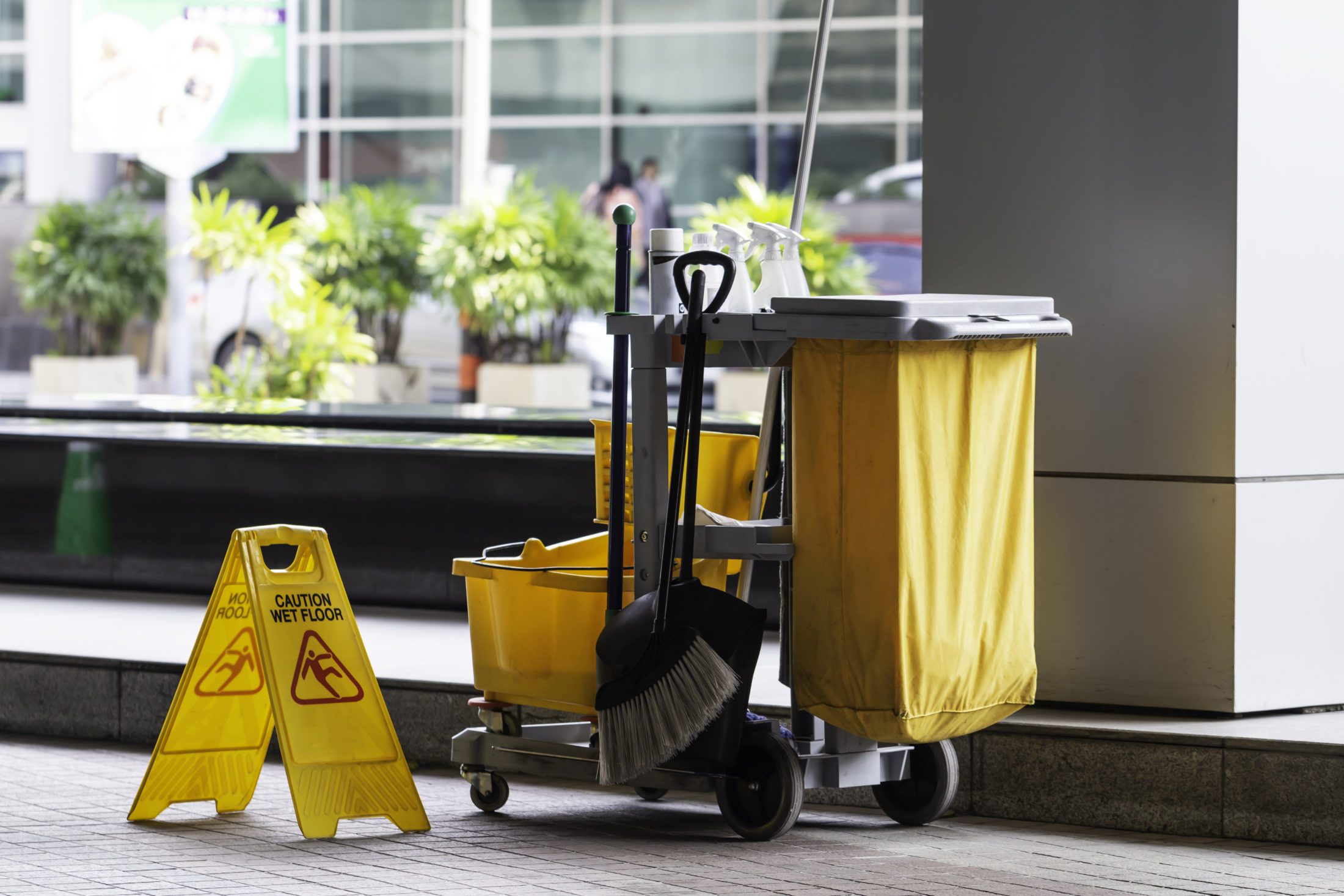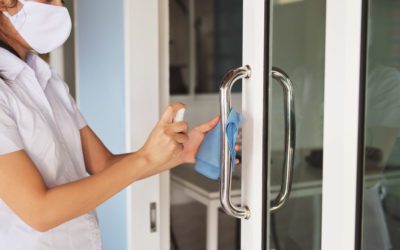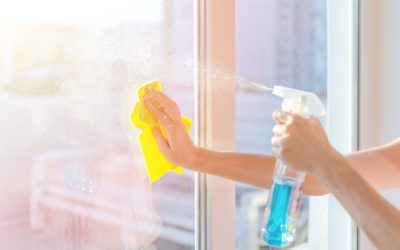If the COVID-19 pandemic has taught our team anything, it’s that educating our clients on the difference between cleaning, sanitizing and disinfecting to better help determine the needs of their facility. Having these terms used so loosely in advertisements and packaging has somewhat blurred the lines around what makes each property unique.
These terms, while commonly used in place of each other, have much different impacts on the viruses and germs they are meant to take care of. Let’s take a look at the differences, starting with cleaning.
Cleaning Is Where It Starts
When you schedule a cleaning with a crew such as the professionals here at Steri Clean, you’re requesting that the surface level concerns be addressed. What this means is that all surfaces are dusted, floors are mopped and vacuumed and that all trash is removed from bins and common areas.
Cleaning doesn’t focus on killing off the germs and viruses. Instead, it works to remove the grime and surface debris that can harbor unwanted viruses. While it does physically remove virus carriers, it’s important to follow up cleaning with sanitizing.
The Next Step, Sanitizing
Sanitizing can be viewed as the happy medium between cleaning and disinfecting. Sanitizing reduces how much bacteria is located on a given surface, the classic “Kills 99.9% of bacteria” line used by companies for decades. It doesn’t kill viruses though, meaning that true protection against them takes an additional step.
For the restaurant industry, sanitizers can be more appealing than disinfectants as they tend to be more natural and less harsh when it comes to the ingredients. Always review the cleaning agents your staff uses during their day-to-day tasks and ensure it meets safety and health requirements for your company.
Tackle Viruses with Disinfecting
Using a disinfectant means that the bacteria and viruses in your building are killed or “turned” off, meaning the harmful nature of them is deactivated and no longer a concern for transmission from surfaces. Always read the label when disinfecting on your own as certain products can only tackle certain bacteria and viruses.
The EPA has only given disinfectants the approval to be used for full virus and bacteria removal. As the world battles COVID-19 still, the EPA has created a list of disinfectants that combat emerging viruses. Utilizing these approved products is how our team can confidently keep your business safe and clean for all guests.
While disinfecting should be done at all places of business and individual homes, the industries most impacted are schools, medical facilities and restaurants. Schools and medical facilities have to worry about high occupancy as their model of operation tends to be all or nothing, meaning crowded areas that require proper disinfecting or you risk the chance of an extremely fast transmission of viruses.
If you’re located in New Hampshire or the Essex/Middlesex counties of Mass, we encourage you to touch base with our cleaning experts to get started on bringing your building up to speed on proper cleaning and disinfectant practices.



